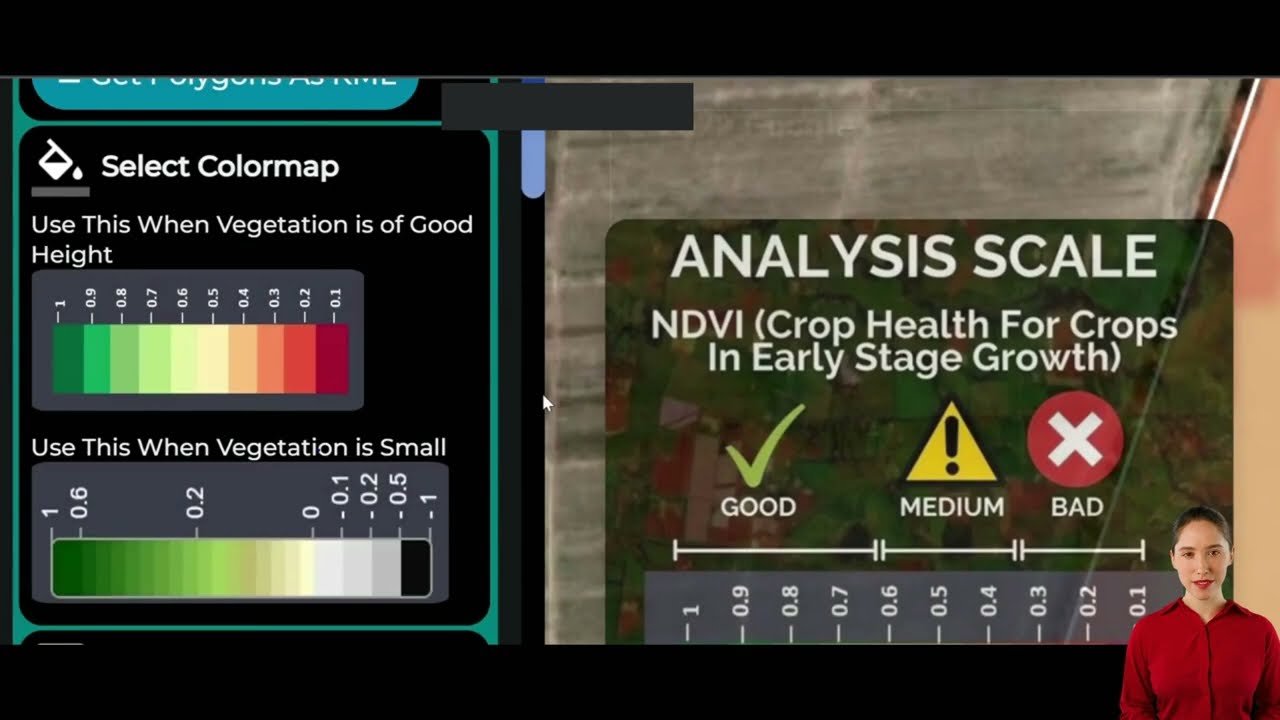Nebraska’s Natural Resource Champions: Advocating for Conservation Funding and Sustainable Agriculture on Capitol Hill
“Nebraska conservation leaders engaged with policymakers in Washington, D.C., advocating for funding of over 23 natural resources districts.”
In the heart of America’s heartland, Nebraska has long been a beacon of agricultural innovation and environmental stewardship. As we face unprecedented challenges in conservation and sustainable farming, our state’s natural resource champions have taken their message to the nation’s capital. We, as representatives of Nebraska’s commitment to preserving our land and water, recently embarked on a crucial mission to Washington, D.C., advocating for increased support for our vital natural resources districts and conservation programs.

Our journey to Capitol Hill was more than a simple visit; it was a powerful demonstration of grassroots conservation advocacy in action. As we walked the halls of power, we carried with us the voices of farmers, ranchers, and conservationists from across Nebraska. Our mission? To secure vital agricultural conservation funding, champion environmental protection policies, and ensure that the unique needs of our state’s natural resources are understood and supported at the federal level.
The Power of Local Voices in National Legislation
The impact of local advocacy on federal programs cannot be overstated. By bringing our on-the-ground experiences and regional priorities to Washington, we aim to shape national legislation in ways that truly benefit our communities and ecosystems. Our efforts focused on several key areas:
- Watershed Management Programs: Advocating for increased funding and support for comprehensive watershed management initiatives.
- Soil Health Initiatives: Promoting programs that incentivize and support farmers in implementing soil conservation practices.
- Farm Bill Conservation Measures: Providing input on the conservation aspects of the upcoming Farm Bill to ensure it addresses the specific needs of Nebraska’s agricultural landscape.
- Natural Resources District Partnerships: Highlighting the success of Nebraska’s unique Natural Resources District system and seeking ways to strengthen these vital local entities.
As we engage with policymakers, we’re not just seeking funding; we’re fostering a deeper understanding of the critical role that locally-led conservation efforts play in preserving our environmental health and promoting agricultural innovation.
Sustainable Agriculture: A Cornerstone of Our Advocacy
At the heart of our message is the importance of sustainable agriculture practices. We believe that by investing in conservation-minded farming techniques, we can ensure the long-term health of our land while maintaining and even improving agricultural productivity.
In our discussions on Capitol Hill, we emphasized the following sustainable agriculture practices:
- Cover cropping to improve soil health and reduce erosion
- Precision agriculture techniques to optimize resource use
- Conservation tillage methods to preserve soil structure
- Integrated pest management to reduce chemical inputs
- Water-efficient irrigation systems to conserve our precious water resources
These practices not only benefit the environment but also contribute to the economic resilience of our farming communities. By advocating for programs that support these methods, we’re working to create a win-win situation for both agriculture and conservation.
As we continue our advocacy efforts, we’re excited about the potential impact of innovative technologies in sustainable agriculture. Platforms like Farmonaut are revolutionizing the way farmers monitor and manage their crops, offering satellite-based solutions that enhance precision agriculture practices. These tools complement our conservation efforts by providing real-time data on crop health and resource management.
The Critical Role of Natural Resources Districts
One of the unique aspects of Nebraska’s approach to conservation is our system of Natural Resources Districts (NRDs). These locally-led entities play a crucial role in managing our state’s natural resources, and their success serves as a model for effective conservation nationwide.
During our visit to Washington, we emphasized the importance of supporting and strengthening NRDs through federal partnerships and funding. We shared success stories of how these districts have:
- Implemented effective flood control measures
- Developed comprehensive groundwater management plans
- Restored and protected wildlife habitats
- Provided essential education on conservation practices to local communities
By showcasing the achievements of our NRDs, we aim to inspire similar locally-driven conservation efforts across the country and secure the support needed to continue and expand these vital programs.
Engaging with Elected Officials and Policymakers
Our time on Capitol Hill was filled with productive meetings and engaging discussions with elected officials and key policymakers. We had the opportunity to:
- Present detailed briefings on Nebraska’s conservation priorities
- Participate in roundtable discussions on agricultural policy
- Provide testimony to congressional committees on environmental issues
- Network with other conservation advocates from across the country
These interactions allowed us to build relationships, share our expertise, and ensure that Nebraska’s voice is heard in the halls of Congress. We found many of our representatives to be receptive to our message, recognizing the importance of supporting conservation efforts in agricultural states like ours.

“Grassroots advocacy efforts in Nebraska aim to influence farm bill conservation measures, potentially impacting millions of acres of agricultural land.”
The Impact of Grassroots Advocacy on Federal Programs
Our grassroots conservation advocacy efforts have the potential to significantly influence federal programs and shape the future of conservation efforts across the nation. By bringing our local perspectives to Washington, we’re working to:
- Increase funding for critical conservation programs
- Shape policy to better reflect the needs of rural communities
- Promote innovative approaches to environmental protection
- Strengthen the partnership between federal agencies and local conservation districts
The impact of these efforts extends far beyond Nebraska’s borders. As we advocate for our state’s needs, we’re also contributing to a national conversation on how best to balance agricultural productivity with environmental stewardship.
Leveraging Technology for Conservation
In our discussions with policymakers, we emphasized the importance of embracing technological innovations in conservation and agriculture. Tools like satellite-based crop monitoring and AI-driven advisory systems are revolutionizing the way we approach farm management and resource conservation.
For instance, platforms like Farmonaut offer farmers access to real-time satellite data, enabling them to make informed decisions about irrigation, fertilizer use, and pest management. This technology not only improves crop yields but also promotes more efficient use of resources, aligning perfectly with our conservation goals.
We advocated for increased support for the adoption of these technologies, highlighting how they can complement and enhance traditional conservation practices. By integrating cutting-edge tools with time-tested methods, we can create a more resilient and sustainable agricultural sector.
The Future of Conservation Funding
A key focus of our advocacy efforts was securing robust funding for conservation programs. We presented a compelling case for why investing in conservation is not just environmentally sound but economically beneficial. Some of the key points we emphasized include:
- The long-term economic benefits of soil conservation
- The role of healthy ecosystems in supporting agricultural productivity
- The potential for conservation programs to create jobs in rural communities
- The importance of preserving natural resources for future generations
We’re optimistic that our efforts will lead to increased funding for critical programs that support watershed management, soil health initiatives, and sustainable agriculture practices across Nebraska and beyond.
Building Partnerships for Conservation Success
Our visit to Washington wasn’t just about advocating for our own interests; it was also an opportunity to build and strengthen partnerships. We engaged with:
- Federal agencies like the Environmental Protection Agency and the Department of Agriculture
- National conservation organizations
- Representatives from other states facing similar challenges
These connections are vital for sharing best practices, coordinating efforts, and creating a unified voice for conservation at the national level. By working together, we can amplify our impact and create more effective solutions to the environmental challenges we face.
The Road Ahead: Implementing Our Vision
As we return from Washington, our work is far from over. The next steps in our journey include:
- Continuing to engage with federal representatives and agencies
- Sharing the outcomes of our advocacy efforts with local stakeholders
- Developing implementation plans for new initiatives and funding opportunities
- Monitoring the progress of legislation and policy changes we’ve influenced
We’re committed to translating our advocacy into tangible results for Nebraska’s farmers, ranchers, and communities. This means not only securing funding but also ensuring that conservation programs are implemented effectively and efficiently at the local level.
Empowering Local Communities
One of the key messages we conveyed in Washington was the importance of empowering local communities to lead conservation efforts. We believe that the most effective conservation strategies are those that are developed and implemented at the grassroots level. To this end, we advocated for:
- Increased flexibility in federal programs to allow for local adaptations
- Support for community-based conservation education initiatives
- Funding for local conservation projects and initiatives
- Recognition and support for innovative, locally-developed conservation solutions
By empowering our communities, we can ensure that conservation efforts are tailored to the specific needs and conditions of each region, maximizing their effectiveness and impact.
The Role of Innovation in Conservation
Throughout our discussions in Washington, we emphasized the critical role that innovation plays in advancing conservation efforts. We highlighted how technologies like those offered by Farmonaut are transforming the way we approach agriculture and resource management. These innovations include:
- Satellite-based crop monitoring for precise resource management
- AI-driven advisory systems for optimized farming practices
- Blockchain technology for improving supply chain transparency
- Advanced weather forecasting tools for better planning and risk management
By integrating these technologies into our conservation strategies, we can achieve more with less, reducing environmental impact while improving agricultural productivity. We urged policymakers to support the development and adoption of these innovative solutions through funding and favorable policies.
Nebraska Conservation Advocacy Impact
| Advocacy Focus | Current Status | Proposed Changes | Potential Impact |
|---|---|---|---|
| Watershed Management Funding | $50 million annually | Increase to $75 million annually | 30% improvement in water quality; Protection of 100,000 acres of wetlands |
| Soil Health Initiatives | $30 million in grants | Expand to $45 million with focus on cover crops | 20% reduction in soil erosion; 15% increase in organic matter |
| Farm Bill Conservation Measures | $6 billion allocated | Propose $7.5 billion with emphasis on precision agriculture | 10% increase in sustainable farming practices adoption; 5% reduction in chemical inputs |
| Natural Resources District Partnerships | Limited federal recognition | Establish formal federal-NRD collaboration framework | Enhanced local-federal coordination; 25% increase in conservation project efficiency |
Engaging the Next Generation
A crucial aspect of our advocacy efforts focused on engaging and empowering the next generation of conservationists and agricultural leaders. We emphasized the need for:
- Increased funding for agricultural and environmental education programs
- Support for youth-led conservation initiatives
- Internship and mentorship programs connecting young people with conservation professionals
- Integration of modern technologies like Farmonaut into agricultural education curricula
By investing in the education and engagement of young people, we’re ensuring that the spirit of conservation and innovation continues to thrive in Nebraska and beyond for generations to come.
Conclusion: A Call to Action
Our journey to Washington, D.C. was just one step in an ongoing effort to champion conservation and sustainable agriculture in Nebraska. As we reflect on our experiences and the connections we’ve made, we’re more convinced than ever of the power of grassroots advocacy to shape national policy and drive positive change.
We call on all Nebraskans – farmers, ranchers, conservationists, and citizens alike – to join us in this crucial work. Whether it’s adopting sustainable practices on your farm, supporting local conservation initiatives, or making your voice heard to elected officials, every action counts.
Together, we can ensure that Nebraska remains a leader in conservation and sustainable agriculture, preserving our natural resources while building a thriving, resilient agricultural economy for future generations.
FAQ Section
- Q: What were the main goals of the Nebraska conservation leaders’ visit to Washington, D.C.?
A: The main goals were to advocate for increased agricultural conservation funding, promote environmental protection policies, and highlight the importance of Nebraska’s Natural Resources Districts in national conservation efforts. - Q: How do grassroots advocacy efforts impact federal conservation programs?
A: Grassroots advocacy brings local perspectives to national policymakers, helping shape legislation and funding priorities to better reflect the needs of rural communities and conservation initiatives on the ground. - Q: What role do Natural Resources Districts play in Nebraska’s conservation efforts?
A: Natural Resources Districts are locally-led entities that manage water resources, implement soil conservation practices, and oversee various environmental protection programs across Nebraska. - Q: How can technology support conservation efforts in agriculture?
A: Technologies like satellite-based crop monitoring and AI-driven advisory systems, such as those offered by Farmonaut, can help farmers optimize resource use, reduce environmental impact, and improve overall sustainability. - Q: What are some key sustainable agriculture practices advocated for during the D.C. visit?
A: Key practices include cover cropping, precision agriculture techniques, conservation tillage, integrated pest management, and water-efficient irrigation systems.
Farmonaut Subscriptions
As we continue to advocate for sustainable agriculture and conservation, we recognize the importance of innovative tools in achieving our goals. Farmonaut offers cutting-edge satellite-based solutions that can significantly enhance farm management and conservation practices. We encourage farmers and agricultural professionals to explore these technologies as part of their sustainability efforts.
For those interested in leveraging satellite data for agriculture, consider exploring Farmonaut’s offerings:
API Access: For developers and businesses looking to integrate satellite and weather data into their own systems, Farmonaut offers API solutions. Learn more at Farmonaut API and check out the API Developer Docs for detailed information.
Farmonaut is also available on mobile platforms:
By integrating these innovative tools into our conservation and agricultural practices, we can work towards a more sustainable and productive future for Nebraska and beyond.




















